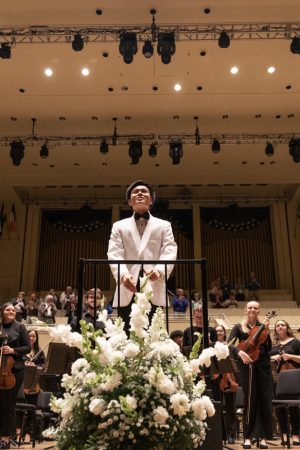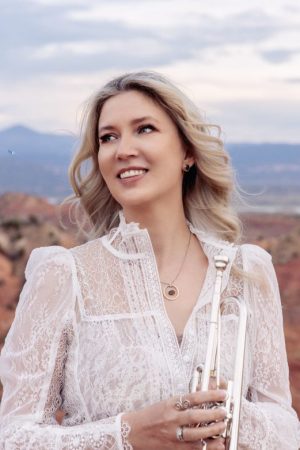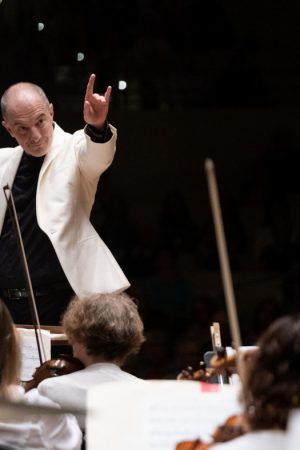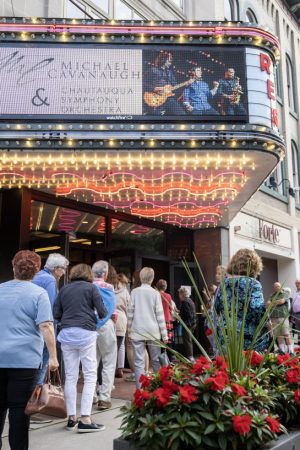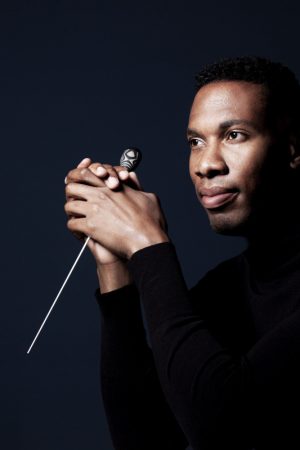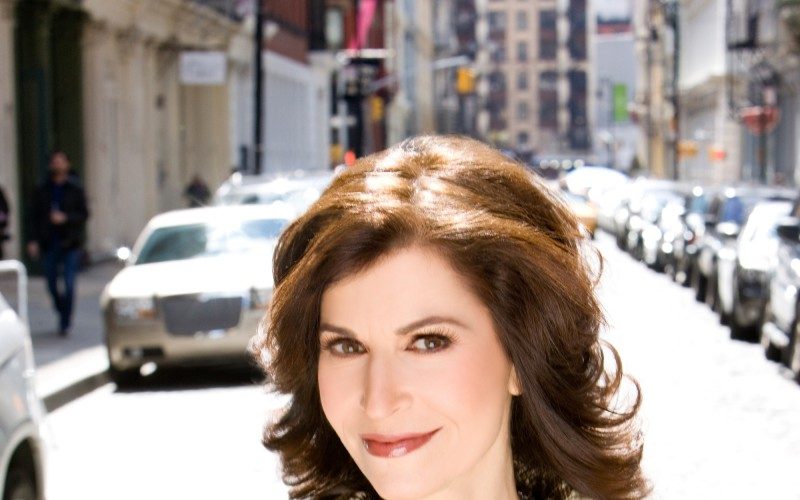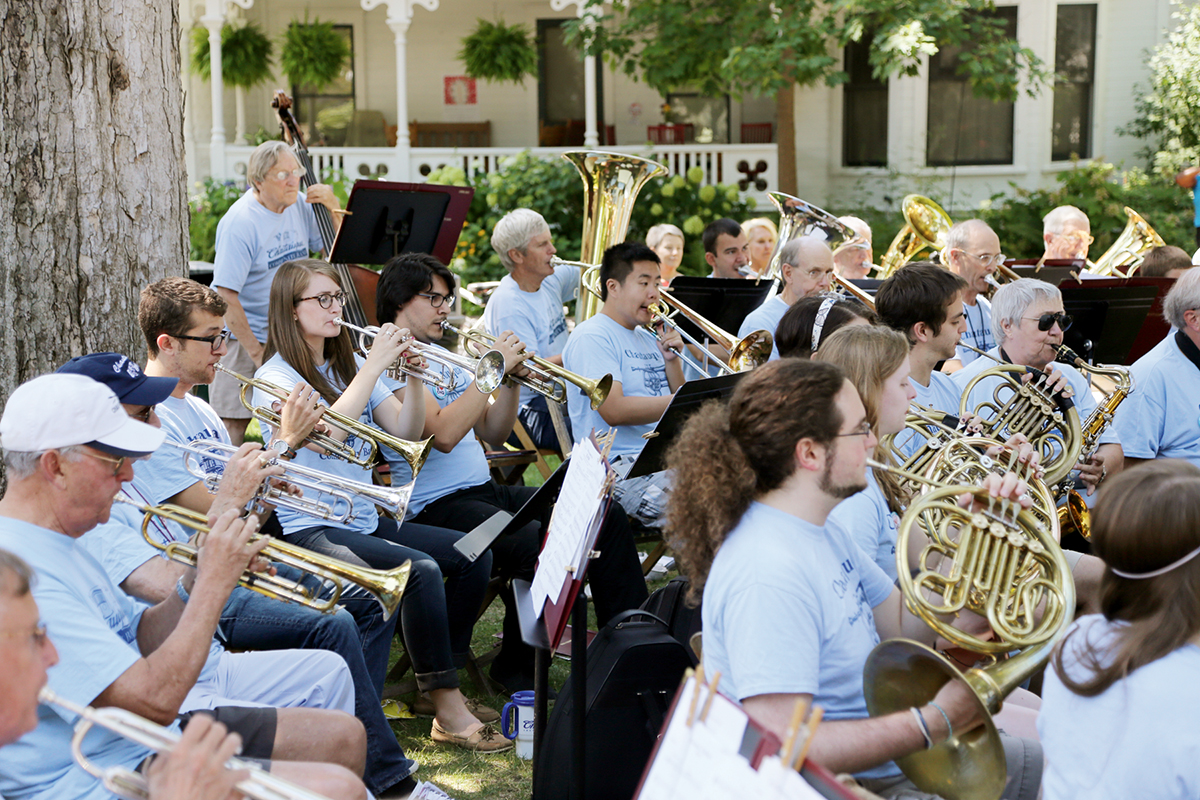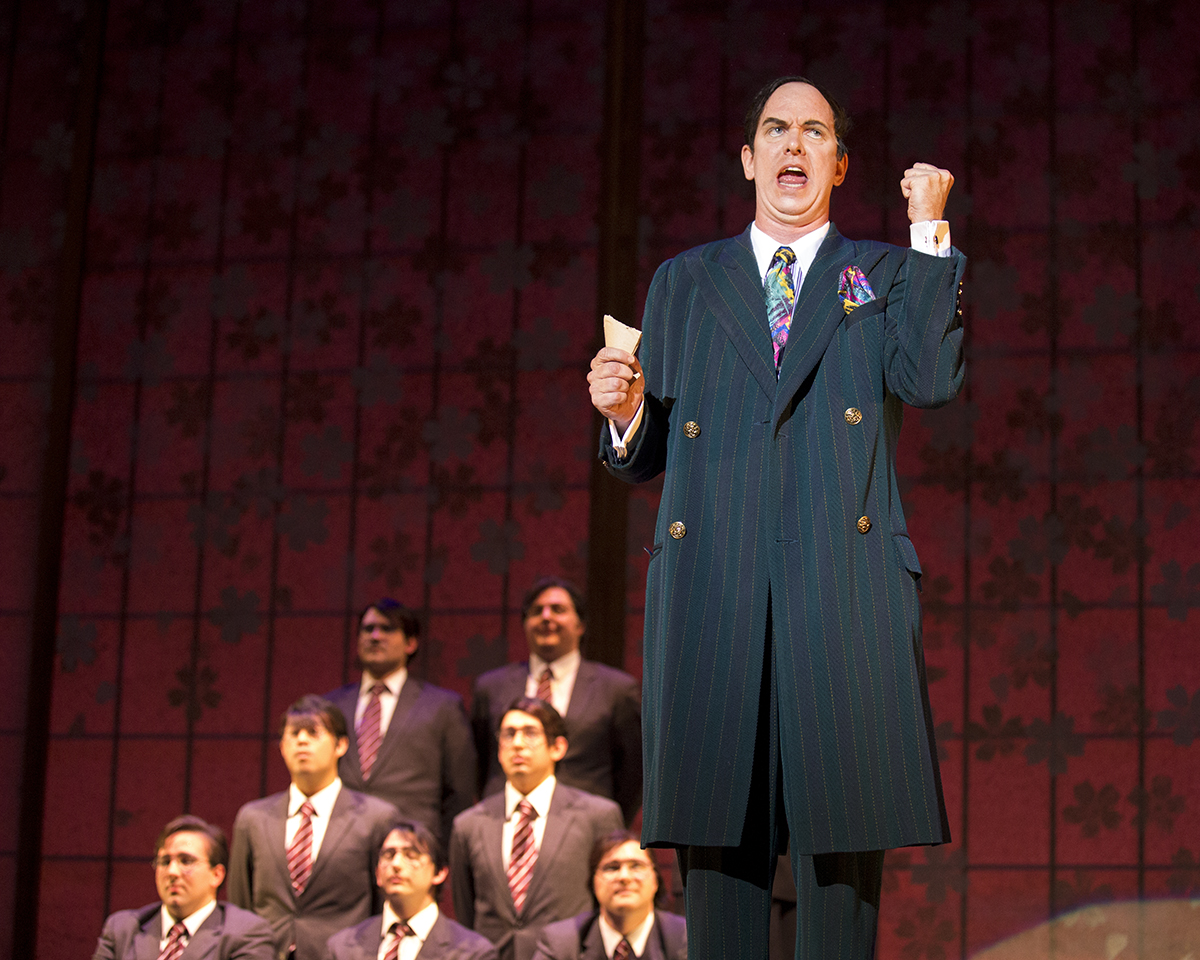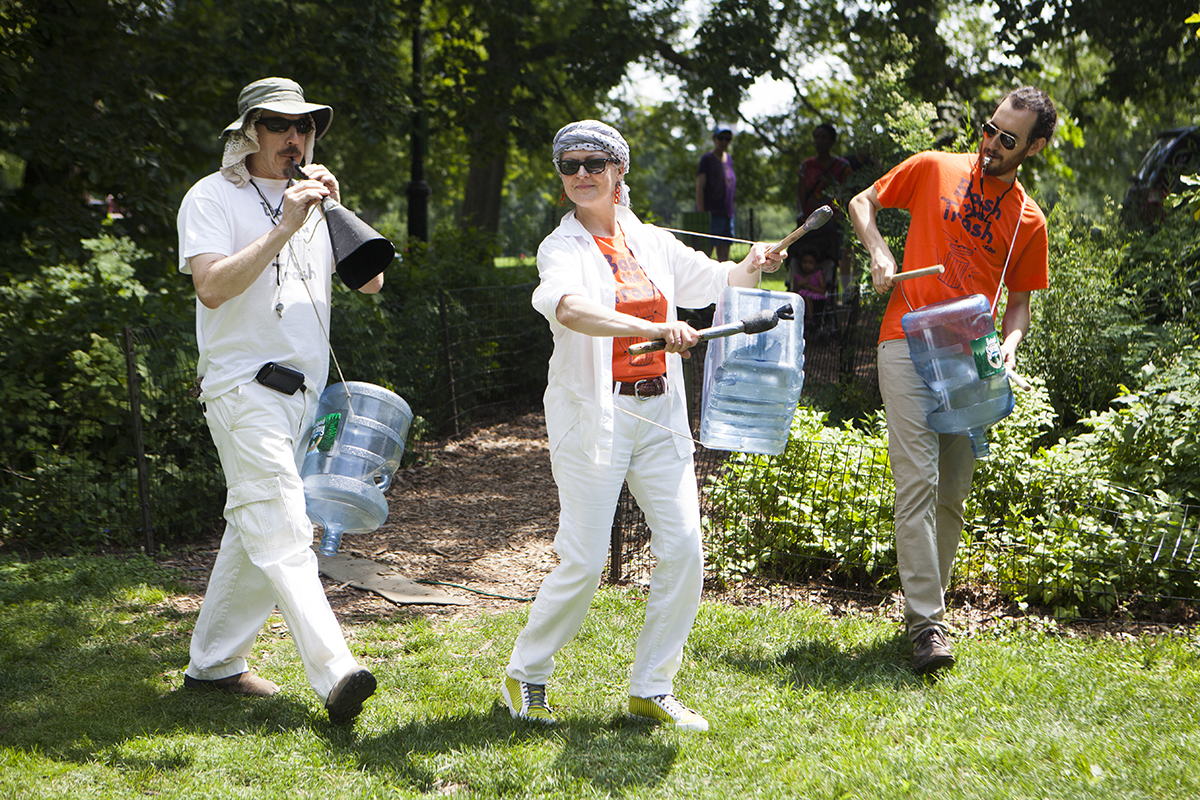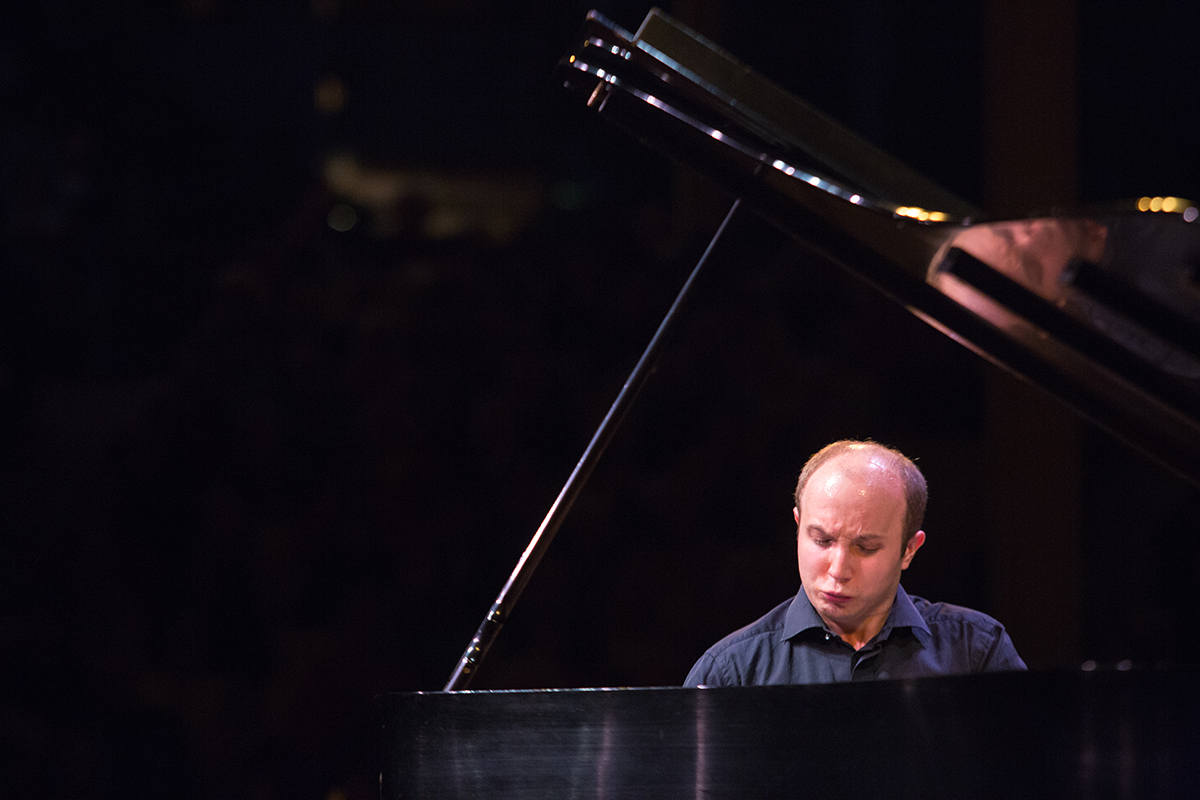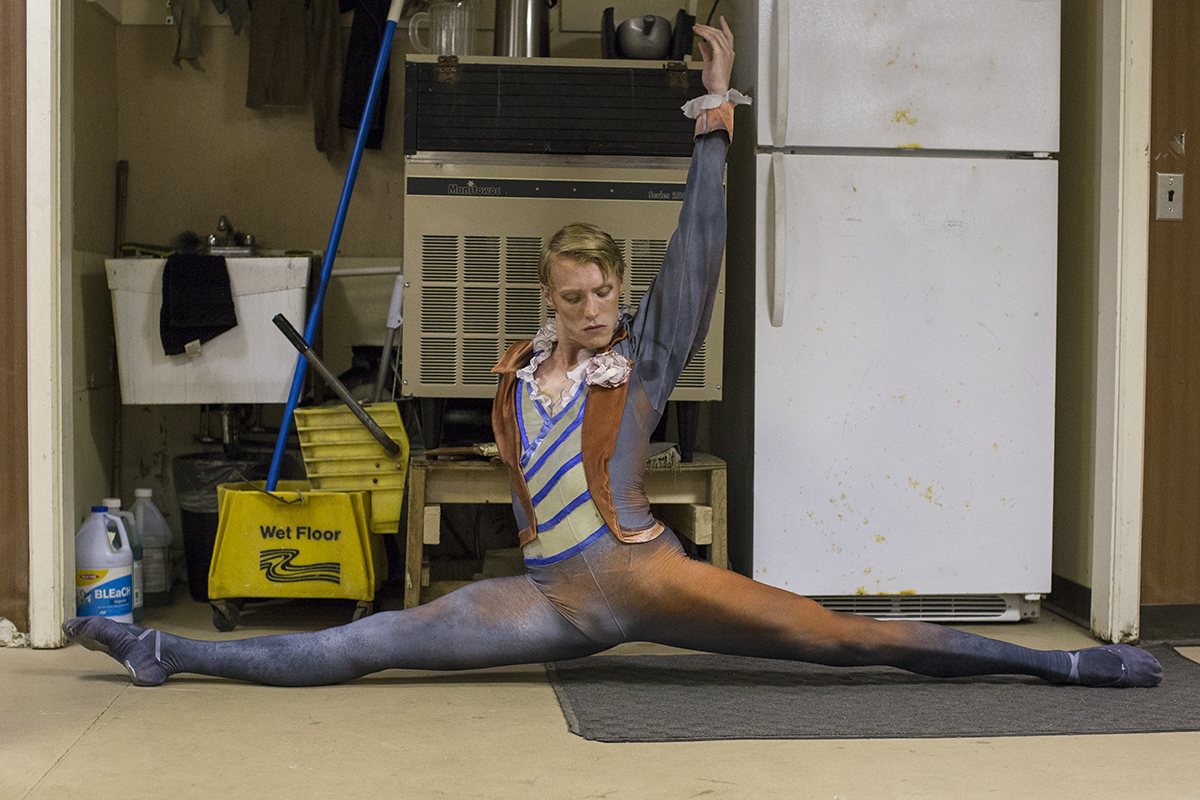More than 30 years ago, guitarist Sharon Isbin and composer John Corigliano found themselves in the same line at the post office. Isbin asked if Corigliano would write a guitar concerto for her, and Corigliano said no — the in-demand composer was too busy at the time.
But Isbin persisted. She checked back with Corigliano every year for eight years, and eventually, Corigliano agreed to write her concerto.
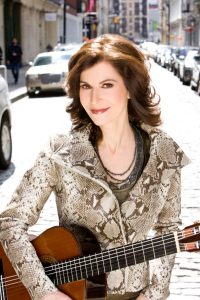
In 1993, Isbin finally premiered Corigliano’s “Troubadours (Variations for Guitar and Orchestra).” Their collaboration would reach many ears. Just two years after the premiere, astronaut Chris Hadfield brought Isbin’s recording of the piece to space, where he presented it to Russian cosmonauts.
At 8:15 p.m. Saturday in the Amphitheater, Isbin will join the Chautauqua Symphony Orchestra and Rossen Milanov for a performance of Corigliano’s “Troubadours,” and the orchestra will perform Gioachino Rossini’s Overture to William Tell and Felix Mendelssohn’s Symphony No. 4 in A major, op. 90, “Italian.”
According to Isbin, Corigliano finally capitulated to her request because Isbin suggested the theme of the troubadours, lyric poets of the Middle Ages. That idea, she said, came to her in a dream after Corigliano’s publisher suggested she come to Corigliano with a “historical and dramatic” theme for the proposed concerto.
The troubadours existed in Southern France and surrounding areas from the late 11th century to the late 13th century, and are credited with major advances in European poetry. Their poems were often set as songs, with some 300 troubadour melodies surviving into the modern era.
Corigliano selected a melody from trobairitz (female troubadour) Comtessa de Dia to form the basis for the concerto’s main theme. The comtessa was a fitting pick for a concerto written for Isbin — just as it was unusual for women to be troubadours in the Middle Ages, it was unusual for women to play the classical guitar when Isbin was beginning her career.
“In the past, the role models have been men,” Isbin said. “It takes time to really create the vision for younger people to know that they can follow their passion and their heart even if it’s an instrument or profession not commonly associated with their gender.”
Isbin has certainly done that — she’s won two Grammy Awards (the only female classical guitarist to ever do so), performed around the world as a soloist both in recitals and in front of orchestras, and she founded the guitar program at The Juilliard School in New York.
Isbin has also been a major force in bringing the guitar into the contemporary concert hall. She’s had 10 guitar concertos written for her by some of the most well-known contemporary composers, from Christopher Rouse to Joseph Schwantner and Corigliano.
“Like most artists, I think there’s something to be said for being part of our time, especially when there are some amazing composers like John Corigliano,” Isbin said. “He’s one of the true greats. Fortuitously, meeting him was almost like fate, and while it did take some effort and arm twisting to bring him to an instrument that he wasn’t familiar with, he grew to love it.”

